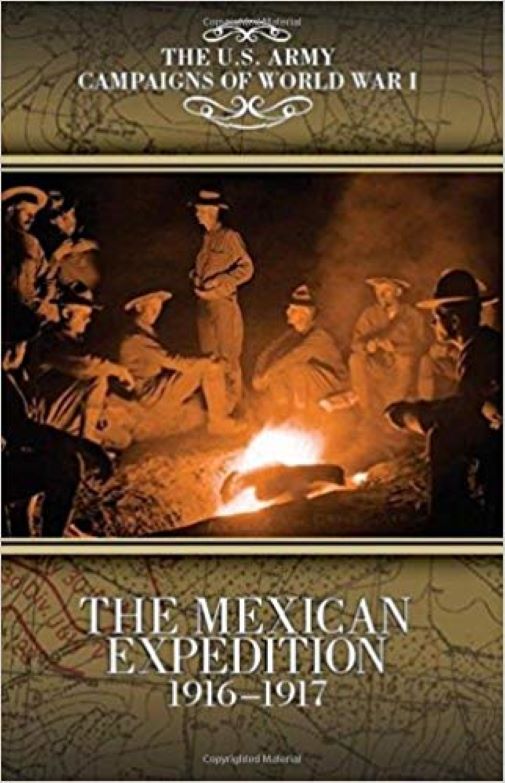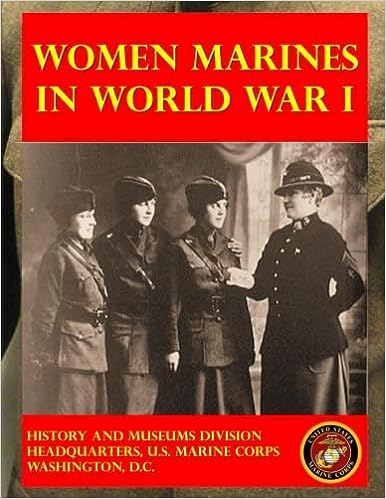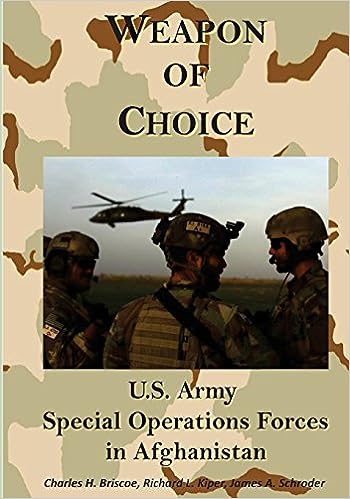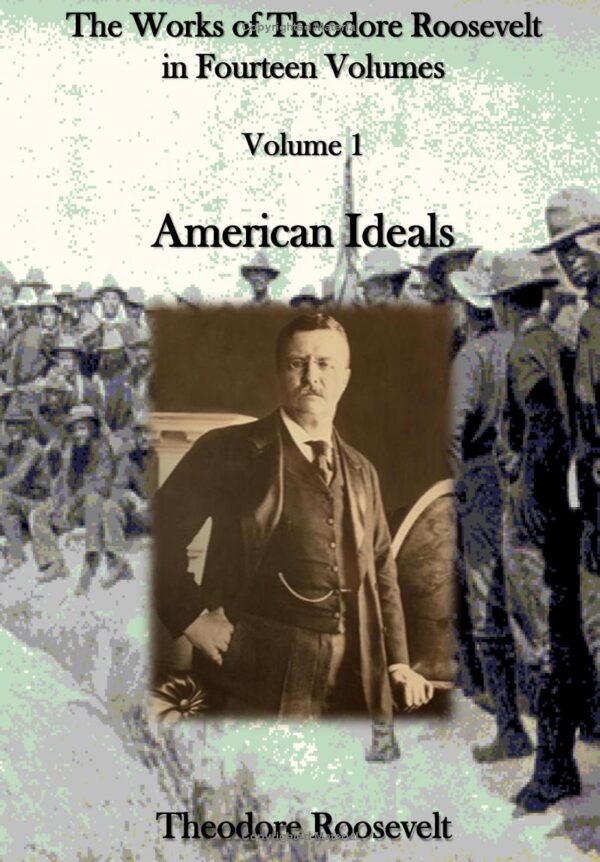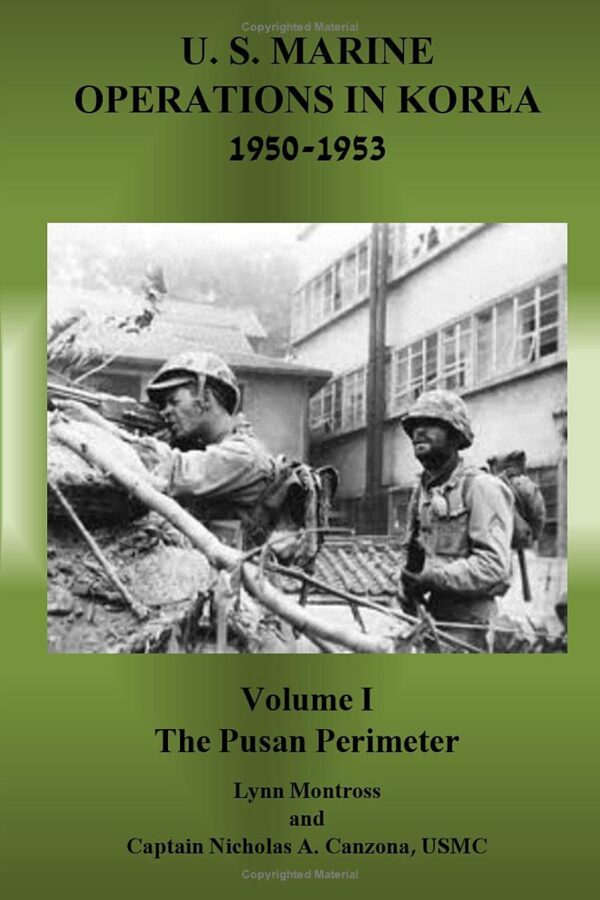On 9 March 1916, the forces of Doroteo Arango, better known as Francisco “Pancho” Villa, attacked the small border town of Columbus, New Mexico. In response to the raid, President Woodrow Wilson authorized Brig. Gen. John J. “Black Jack” Pershing to organize an expedition into Chihuahua, Mexico, in order to kill or capture Villa and those responsible for the assault. By 15 March, 4,800 Regular Army soldiers had assembled in Columbus and Camp Furlong, the Army garrison just outside of the town’s center. These men fanned out into the Mexican countryside on horseback in small, highly mobile cavalry detachments—sometimes led by local guides or by the Army’s Apache scouts—that could cover large swaths of sparsely populated and rough terrain. Cavalrymen employed skills and strategies developed in the preceding decades on frontier campaigns in the West and in warfare against irregular, guerrilla forces in the Philippines. The Mexican Expedition, popularly called the “Punitive Expedition,” was to be one of the last operations to employ these methods of warfare and one of the first to rely extensively on trucks. It also provided a testing ground for another new technology—the airplane. During the eleven months that Pershing’s expedition was in Chihuahua, U.S. troops failed to kill, capture, or even spot Pancho Villa, but the impact of the expedition reached far beyond the deserts of northern Mexico. The approximately 10,000 regulars that served in the Punitive Expedition gained experience in large, multiunit field operations at a time when small-unit actions were the norm. The Mexican Expedition, 1916–1917, by Julie Irene Prieto, examines the operation, led by General John Pershing, to search for, capture, and destroy Francisco “Pancho” Villa and his revolutionary army in northern Mexico in the year prior to the United States’ entry into World War I. This campaign marked one of the final times cavalry was used on a large scale, and it was one of the first to use trucks and airplanes in the field. While Pershing’s troops failed to capture Villa, both Regular Army troops and National Guardsmen stationed on the border gained valuable experience in these new technologies.
72 pages

